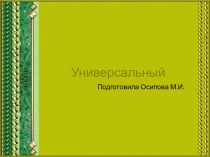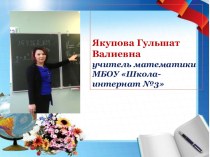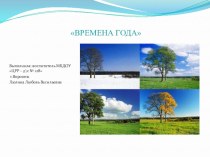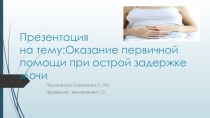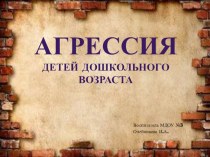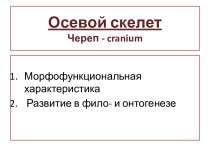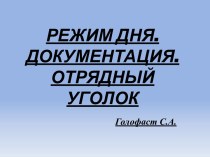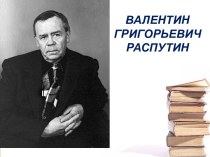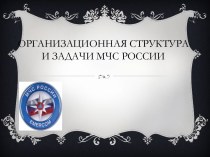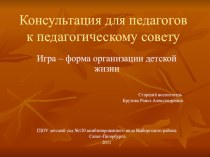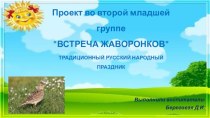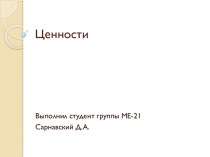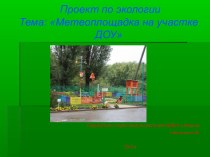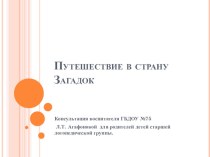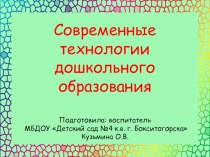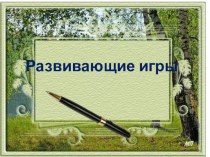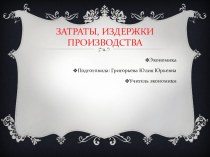- Главная
- Разное
- Бизнес и предпринимательство
- Образование
- Развлечения
- Государство
- Спорт
- Графика
- Культурология
- Еда и кулинария
- Лингвистика
- Религиоведение
- Черчение
- Физкультура
- ИЗО
- Психология
- Социология
- Английский язык
- Астрономия
- Алгебра
- Биология
- География
- Геометрия
- Детские презентации
- Информатика
- История
- Литература
- Маркетинг
- Математика
- Медицина
- Менеджмент
- Музыка
- МХК
- Немецкий язык
- ОБЖ
- Обществознание
- Окружающий мир
- Педагогика
- Русский язык
- Технология
- Физика
- Философия
- Химия
- Шаблоны, картинки для презентаций
- Экология
- Экономика
- Юриспруденция
Что такое findslide.org?
FindSlide.org - это сайт презентаций, докладов, шаблонов в формате PowerPoint.
Обратная связь
Email: Нажмите что бы посмотреть
Презентация на тему The canterbury tales
Содержание
- 2. PlanBiography of the author;Characteristics of the Canterbury tales;The film adaptation of tales.
- 3. Geoffrey ChaucerGeoffrey Chaucer (1343 – 25 October
- 4. CareerWhile he achieved fame during his lifetime
- 5. Stories and booksAmong his many works, which
- 6. The Canterbury TalesThe Canterbury Tales is a
- 7. Composition of the stories According to
- 8. Storytellers and histories Storytellers apply to
- 9. Themes of the stories Stories of
- 10. Скачать презентацию
- 11. Похожие презентации
PlanBiography of the author;Characteristics of the Canterbury tales;The film adaptation of tales.
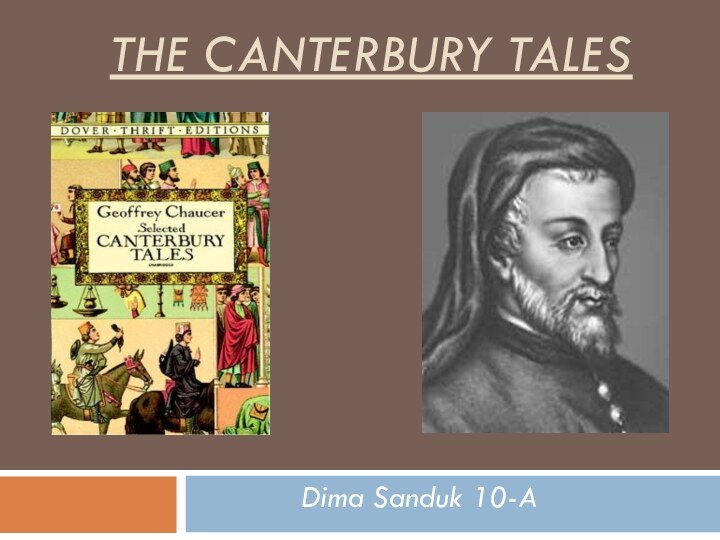
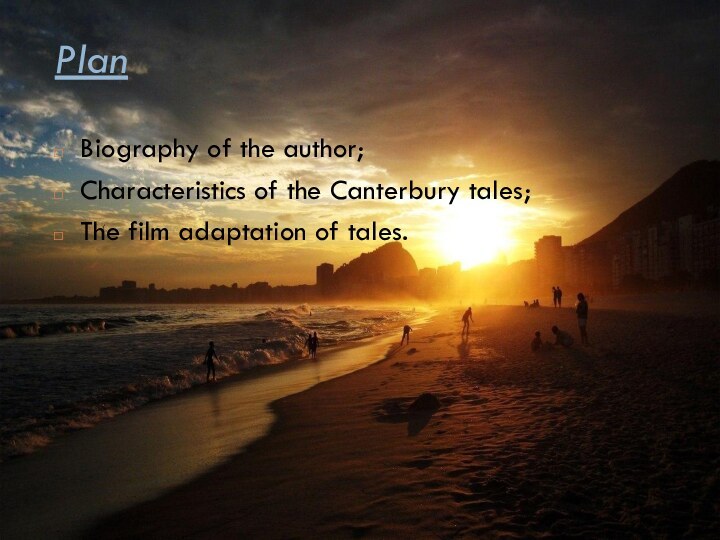

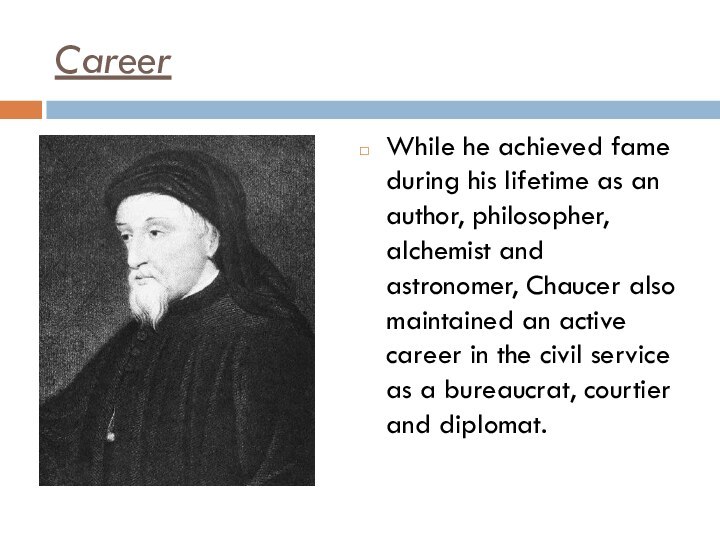
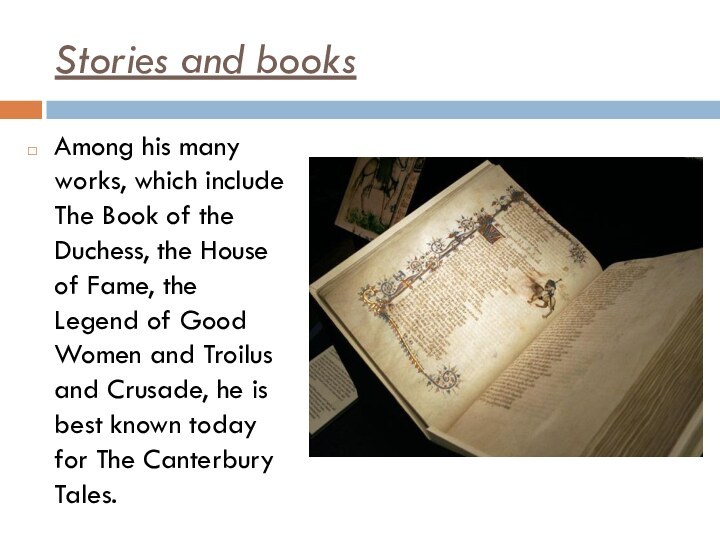
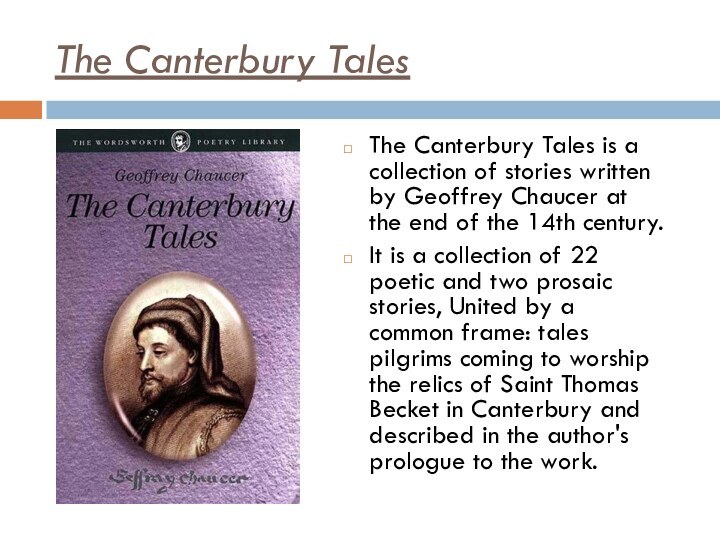
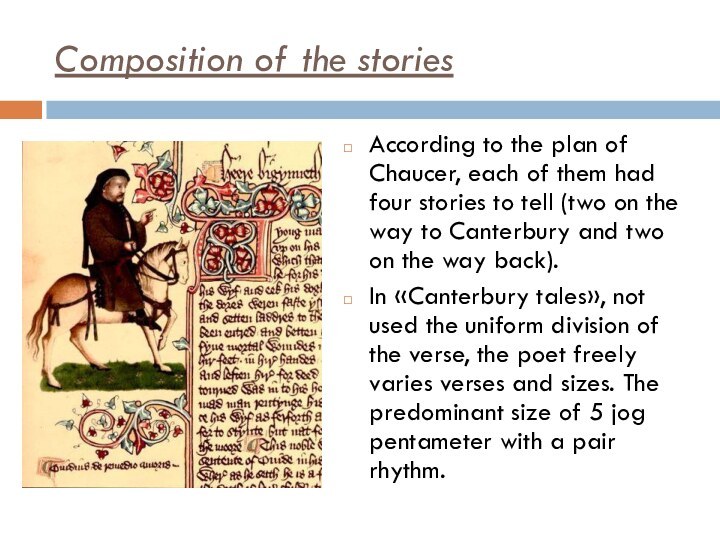


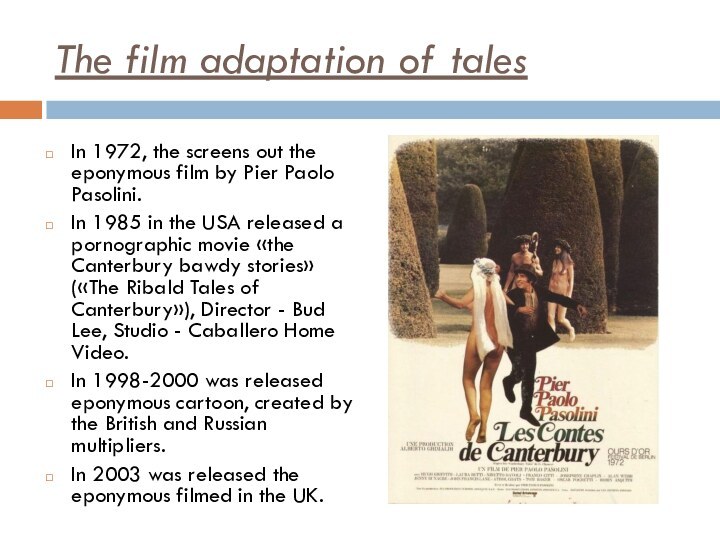
Слайд 2
Plan
Biography of the author;
Characteristics of the Canterbury tales;
The
film adaptation of tales.
Слайд 3
Geoffrey Chaucer
Geoffrey Chaucer (1343 – 25 October 1400),
known as the Father of English literature, is widely considered
the greatest English poet of the Middle Ages and was the first poet to have been buried in Poet's Corner of Westminster Abbey.
Слайд 4
Career
While he achieved fame during his lifetime as
an author, philosopher, alchemist and astronomer, Chaucer also maintained
an active career in the civil service as a bureaucrat, courtier and diplomat.
Слайд 5
Stories and books
Among his many works, which include
The Book of the Duchess, the House of Fame,
the Legend of Good Women and Troilus and Crusade, he is best known today for The Canterbury Tales.
Слайд 6
The Canterbury Tales
The Canterbury Tales is a collection
of stories written by Geoffrey Chaucer at the end
of the 14th century.It is a collection of 22 poetic and two prosaic stories, United by a common frame: tales pilgrims coming to worship the relics of Saint Thomas Becket in Canterbury and described in the author's prologue to the work.
Слайд 7
Composition of the stories
According to the plan of
Chaucer, each of them had four stories to tell
(two on the way to Canterbury and two on the way back).In «Canterbury tales», not used the uniform division of the verse, the poet freely varies verses and sizes. The predominant size of 5 jog pentameter with a pair rhythm.
Слайд 8
Storytellers and histories
Storytellers apply to all layers of
the medieval English society: among them is the knight,
a monk, a priest, a doctor, a sailor, a merchant, a weaver, a cook, a yeoman etc.Their history, partly traced back to the traditional subjects story, and partly had the original character
Слайд 9
Themes of the stories
Stories of pilgrims are very
diverse on the subject, often connected with the theme
of love and betrayal; some of them satirically depicted abuse Catholic Church.According to the Law Comstock «the Canterbury tales» were banned for distribution in the us, and even now printed with reductions due to obscenity.

